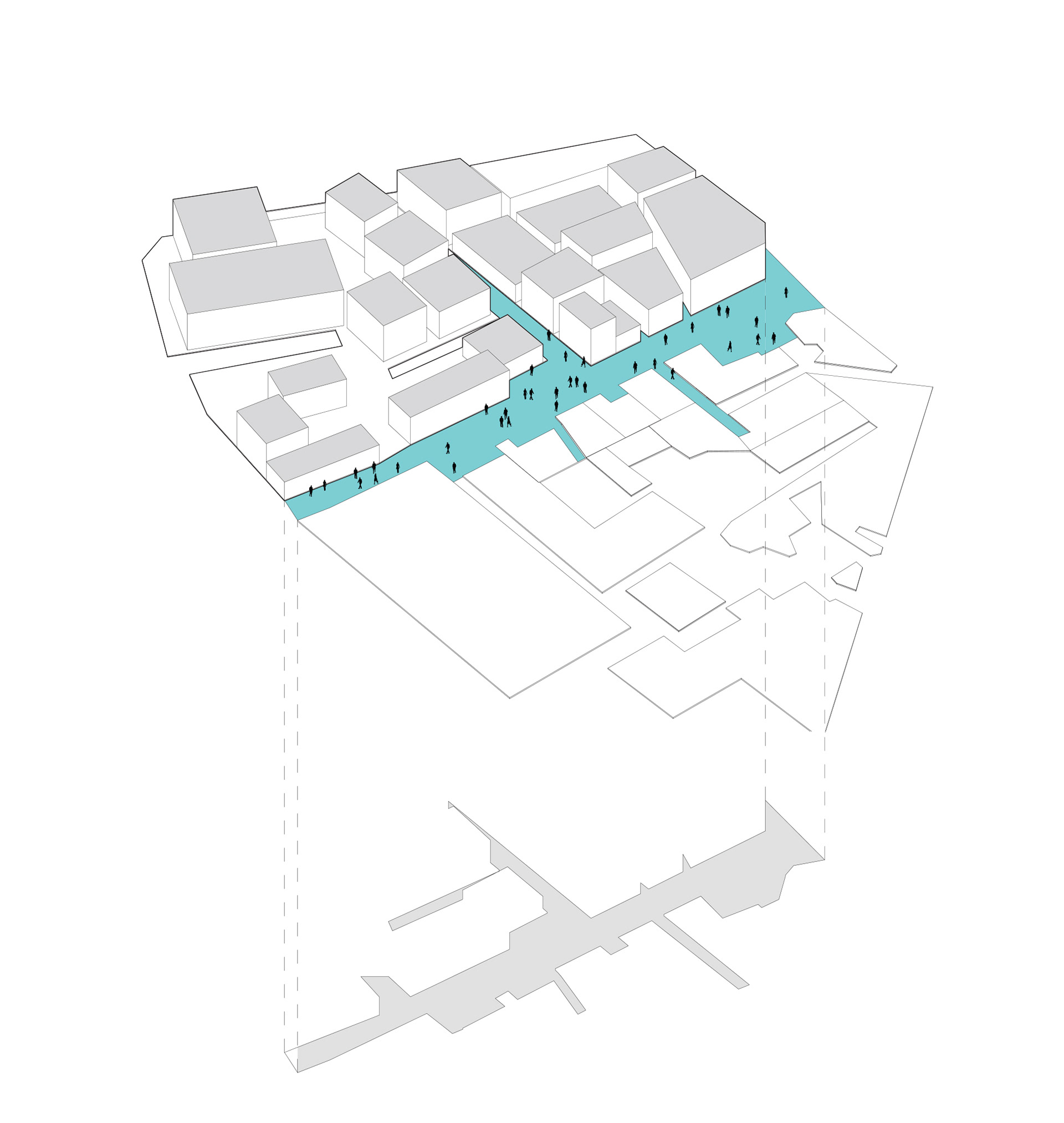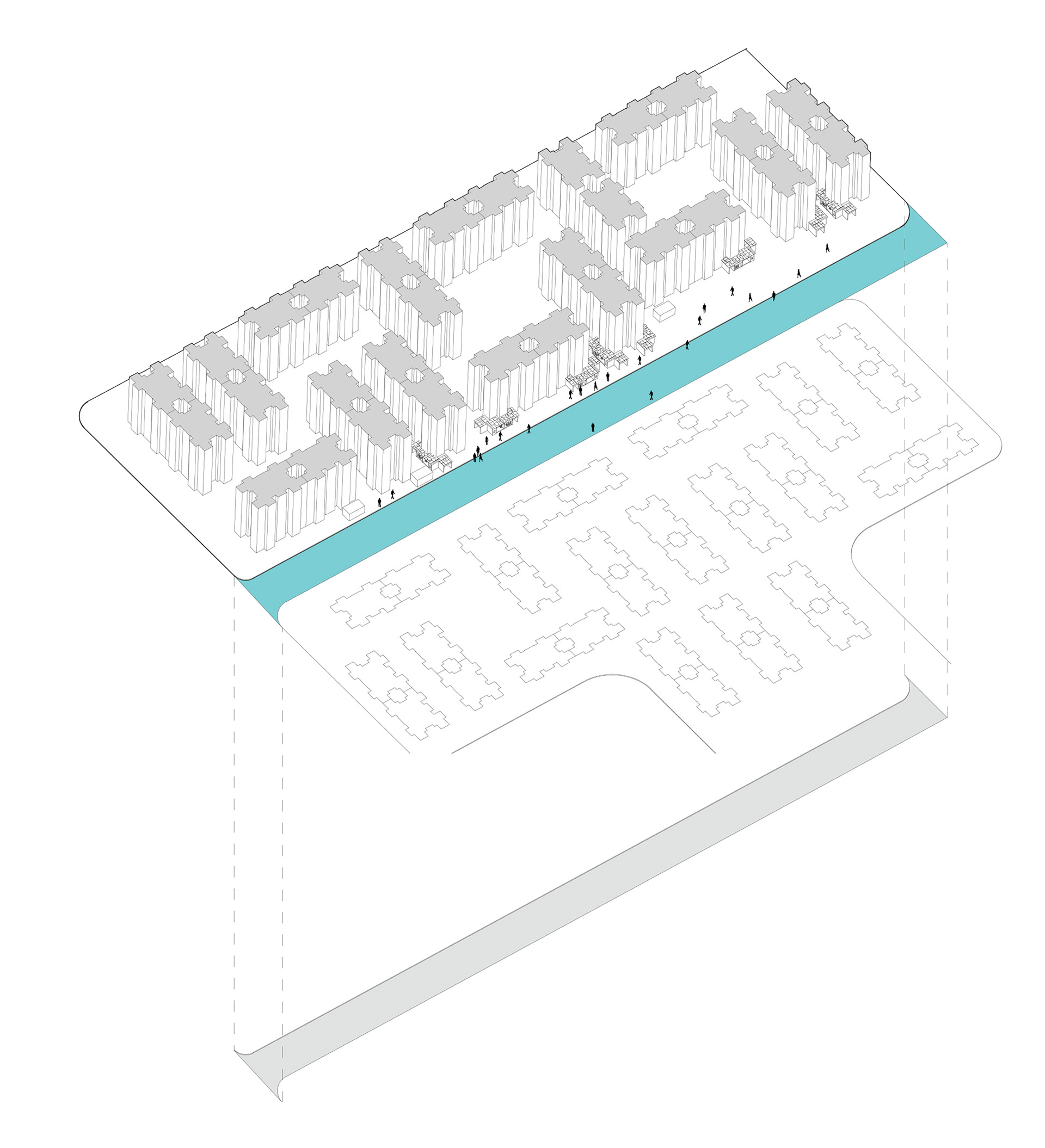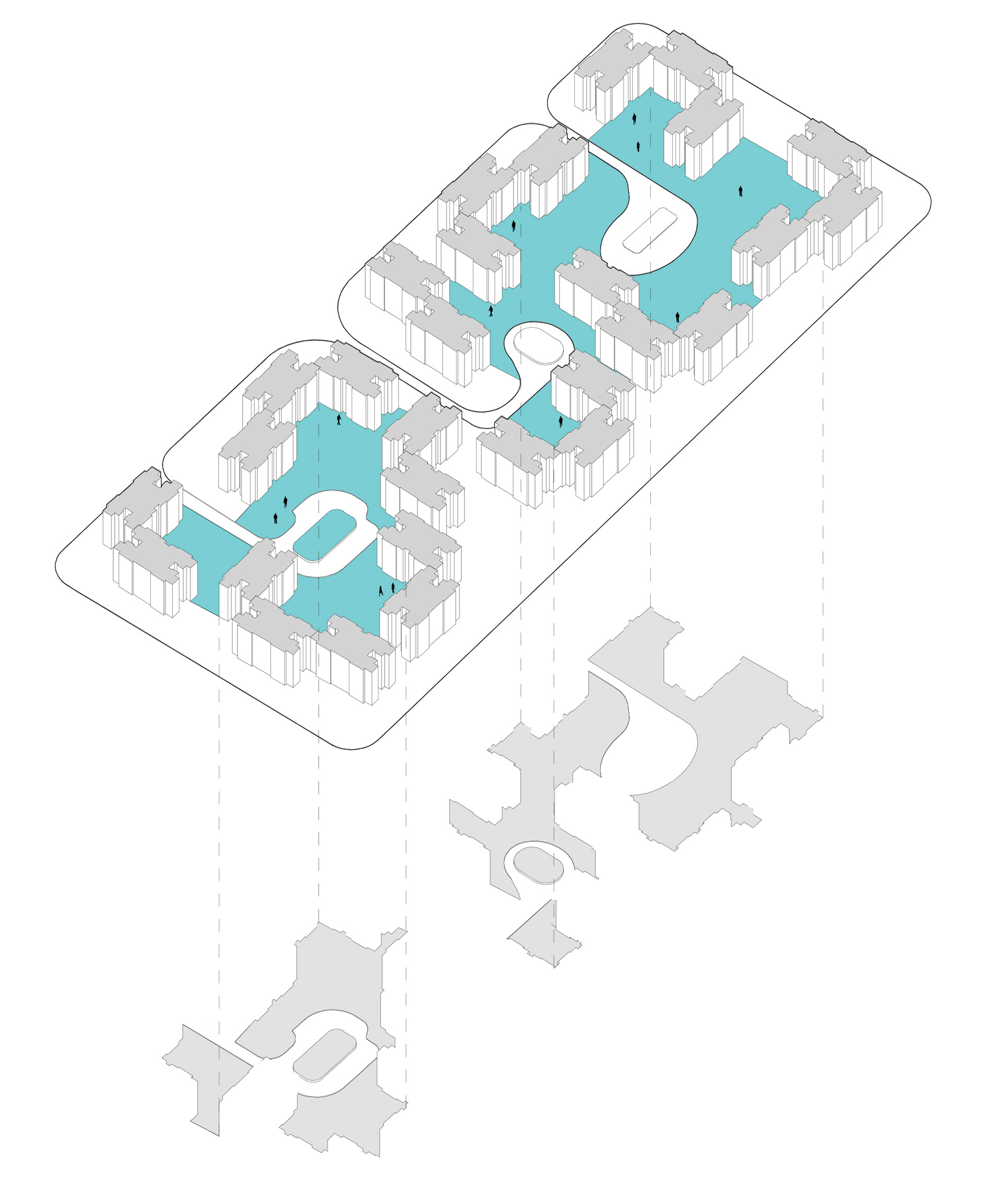Empty Streets in Badr City © Foto: Khaled Mostafa
Alley in Al-Ubur City © Foto: Khaled Mostafa

Public Space | Al Darb Al Ahmar © Drawing: Khaled Mostafa

Public Space | Badr City © Drawing: Khaled Mostafa

Public Space | Masakin Uthman © Drawing: Khaled Mostafa

Public Space | 10th of Ramadan © Drawing: Khaled Mostafa
"Neighborhood 2"
Bench and Arm Chair in Badr City © Foto: Khaled Mostafa
Transformation of building block © Drawing: Khaled Mostafa
"Masakin Uthman"
Ground floor apropriations in Masakin Uthman © Foto: Khaled Mostafa
Transformation of building block © Drawing: Khaled Mostafa
"Neighborhood 70"
Conversion of a private balcony into a kiosk © Foto: Khaled Mostafa
Transformation of building block © Drawing: Khaled Mostafa
Aerial view of 6th of October City © Google Earth
Jacobs, J. (1992). The death and life of great american cities. New York: Vintage Boos.
Knaupe, H. W. (1995). Aufbruch in der Wüste. Die neuen Städte in Ägypten. Frankfurt am Main: Peter Lang, Europäischer Verlag der Wissenschaften.
MHUUD. (2005). Ministerium für Wohnungsbau, Dienstleistungen und Stadtentwicklung. Von http://www.moh.gov.eg/ abgerufen
Mohamed. (5. Juni 2016). Mr. (K. Mostafa, Interviewer)
NUCA. (2016). New Urban Communites Authoriy. Von http://www.newcities.gov.eg/know_cities/Badr/default.aspx abgerufen
Sims, D. (2012). Understanding Cairo. The Logic Of A City Out Of Control. Kairo: The American University Press.
Sims, D. (2015). Egypt‘s Desert Dreams. Development or Disaster. Kairo: The American University Press
Tadamun. (31. 12 2015). From Egypt’s New Cities: Neither Just nor Efficient: http://www.tadamun.info/2015/12/31/egypts-new-cities-neither-just-efficient/?lang=en#.V5fduOiLQ2w abgerufen
Tadamun. (30. 4 2015). From Masakin Uthman: http://www.tadamun.info/?lang=en abgerufen
TAPR II, USAID, T. (2007). Rerview of egyptian subsidized housing programs and lessons learned.
UN-Habitat. (2015). Egypt Housing Profile. Ministerium für Wohnungsbau, Dienstleistungen und Stadtentwicklung, Kairo.
UNICEF. (2015). Children in Egypt 2015. A Statistical Digest. Kairo: United Nations Children‘s Fund.
Zakareya, K. (5. Juni 2016). Interview on the planning and designing of social housing settlements in Egypt. (K. Mostafa, Interviewer) Kairo.